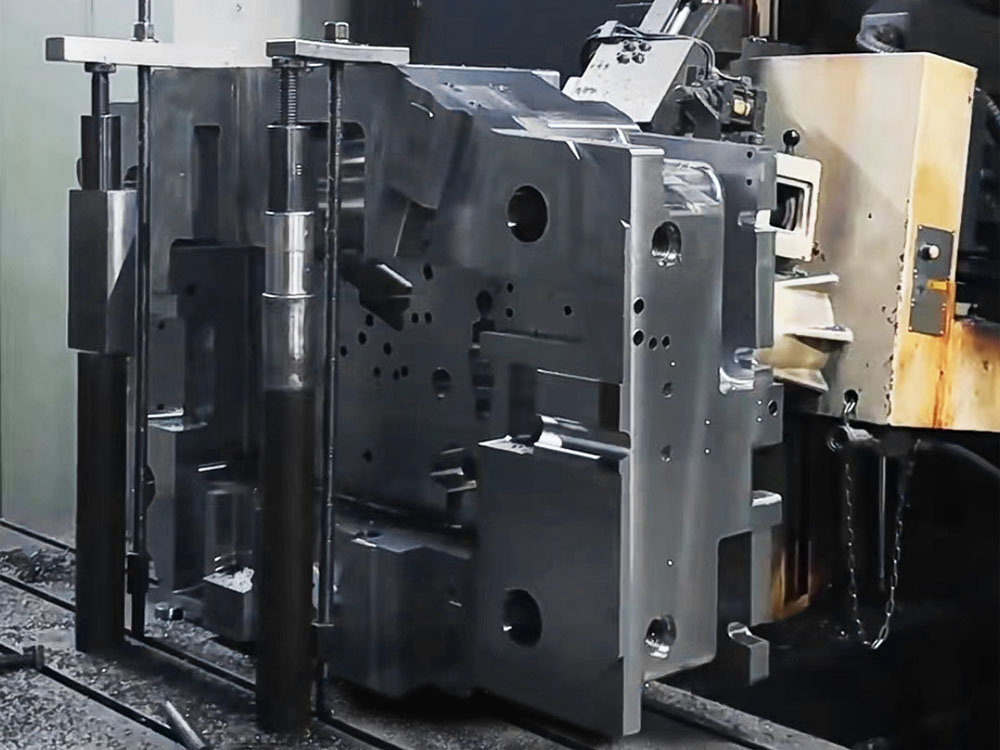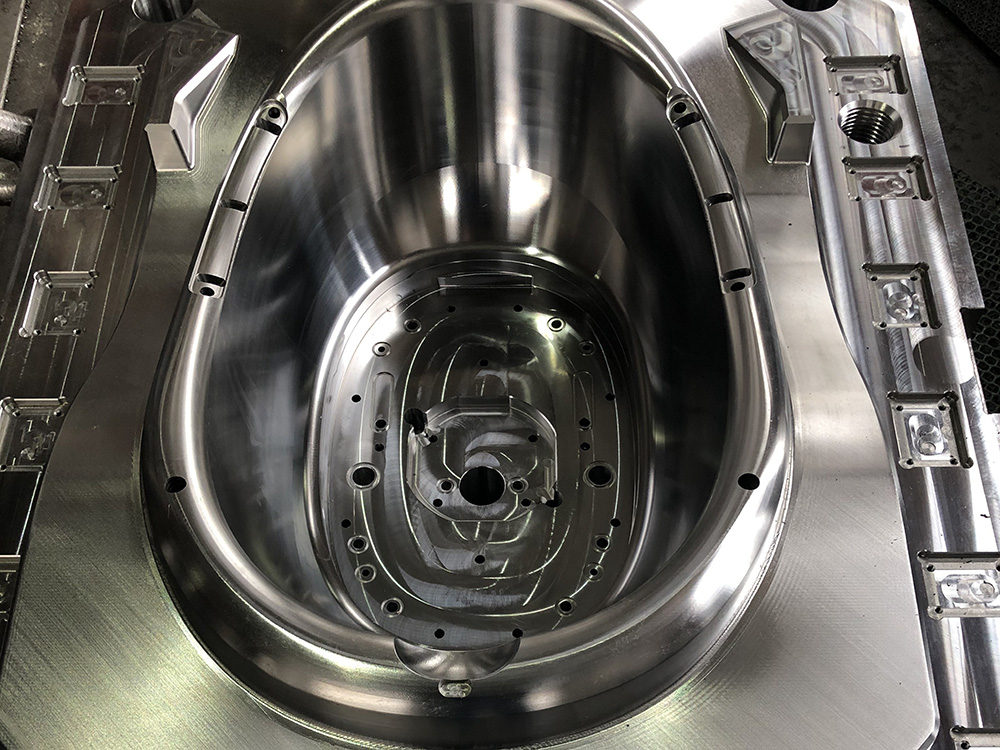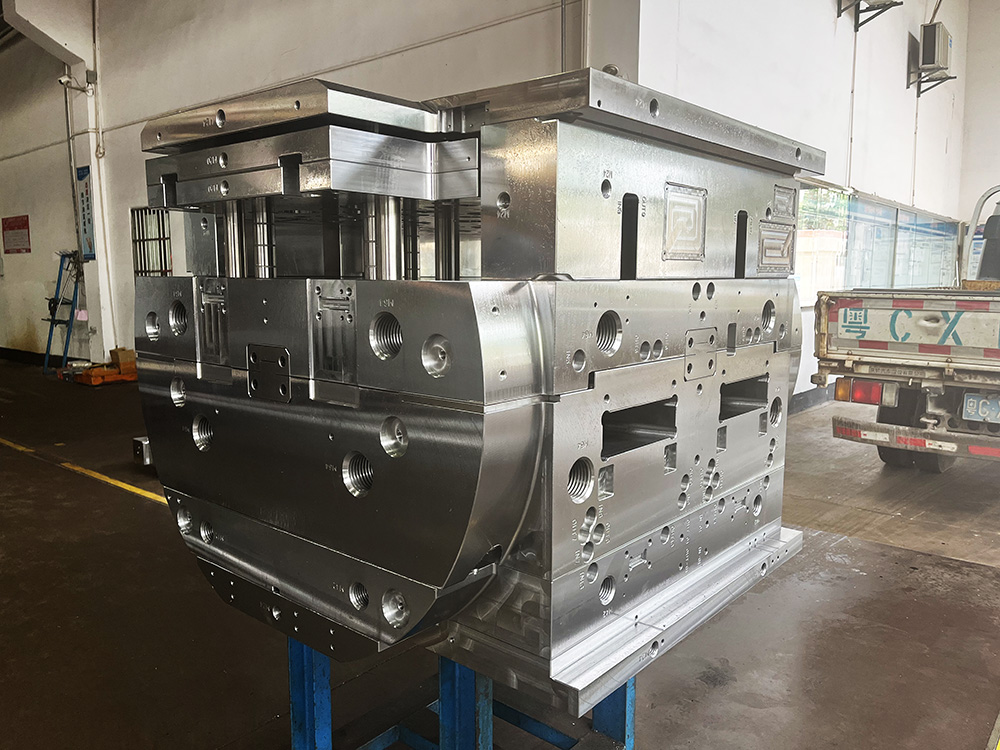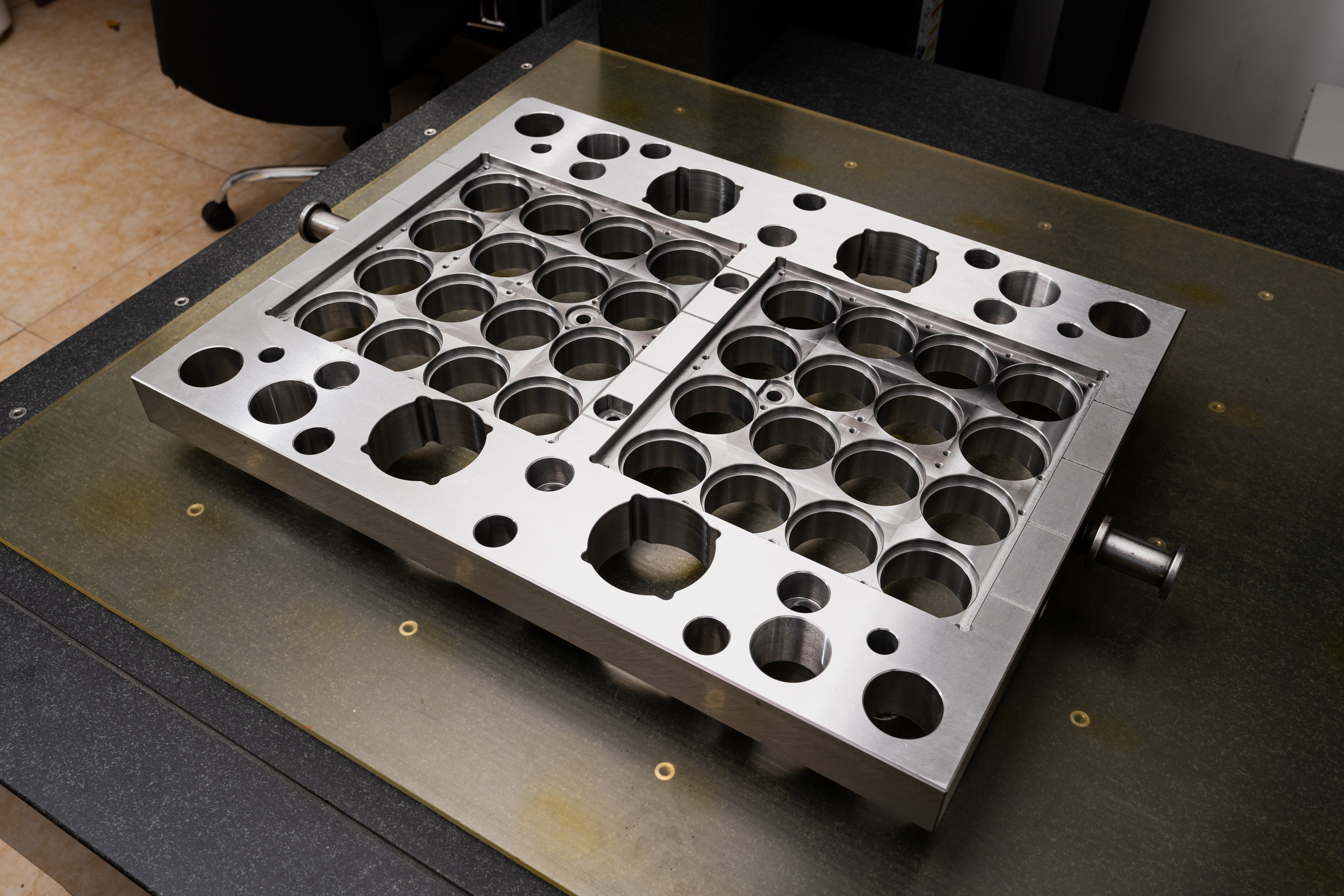How to Construct a Support for the Beam Bottom
Construction of a support for the beam bottom is an important aspect in the mold base industry. This support ensures stability and strength for beams, which are critical components in many structures. In this article, we will discuss the step-by-step process of constructing a support for the beam bottom, focusing on the key considerations and techniques involved.
Step 1: Determine the Load and Span
Before constructing a support for the beam bottom, it is crucial to determine the load and span of the beam. This information will help in determining the types and sizes of materials required for the support. Consider the weight that the beam will support and the maximum distance between support points.
Step 2: Select Suitable Materials
Depending on the load and span, select appropriate materials for constructing the support. Common materials used include steel, aluminum, or engineered woods. Consider factors such as strength, durability, and cost when making this decision.
Step 3: Design the Support Structure
Based on the load and span, design a support structure that will effectively distribute the weight and provide stability to the beam. The design should consider factors such as the type of materials used, the number of support points required, and any additional reinforcement needed.
Step 4: Cut and Prepare the Materials
Once the design is finalized, follow the specifications to cut and prepare the materials for constructing the support. Use appropriate tools and techniques to ensure accurate and precise cuts, ensuring that all components fit together seamlessly.
Step 5: Assemble the Support Structure
Begin assembling the support structure according to the design and specifications. Use fasteners such as bolts, screws, or welds to secure the components together firmly. Ensure that all connections are tight and stable, as any weak points may compromise the integrity of the support structure.
Step 6: Install the Support Structure
Once the support structure is fully assembled, it is time to install it beneath the beam bottom. Ensure that the support structure is positioned accurately and aligned properly with the beam. Use appropriate methods, such as anchoring or bracing, to secure the support structure in place.
Step 7: Test and Inspect
Once the support structure is installed, it is essential to test and inspect its stability and strength. Apply the expected load to the beam and carefully observe for any signs of sagging, shifting, or instability. Inspect all connections and components for any potential weaknesses or flaws.
Step 8: Make Necessary Adjustments
If any issues are identified during testing and inspection, make necessary adjustments to reinforce the support structure. This may involve adding additional support points, reinforcing connections, or replacing weak components. Ensure that all adjustments are well-planned and executed accurately.
Step 9: Regular Maintenance and Inspection
To ensure the long-term stability and safety of the support structure, schedule regular maintenance and inspection. Check for any signs of wear, damage, or deterioration, and promptly address any issues. Regular maintenance will help prevent potential failures and extend the lifespan of the support structure.
Conclusion
Constructing a support for the beam bottom is a critical process in the mold base industry. By following the step-by-step approach discussed in this article, one can ensure the construction of a strong and stable support structure. Remember to always consider load and span, select suitable materials, design the support structure carefully, and conduct thorough testing and inspection before installation. With proper construction and regular maintenance, the support structure will provide the necessary strength and stability for beams in various applications.




